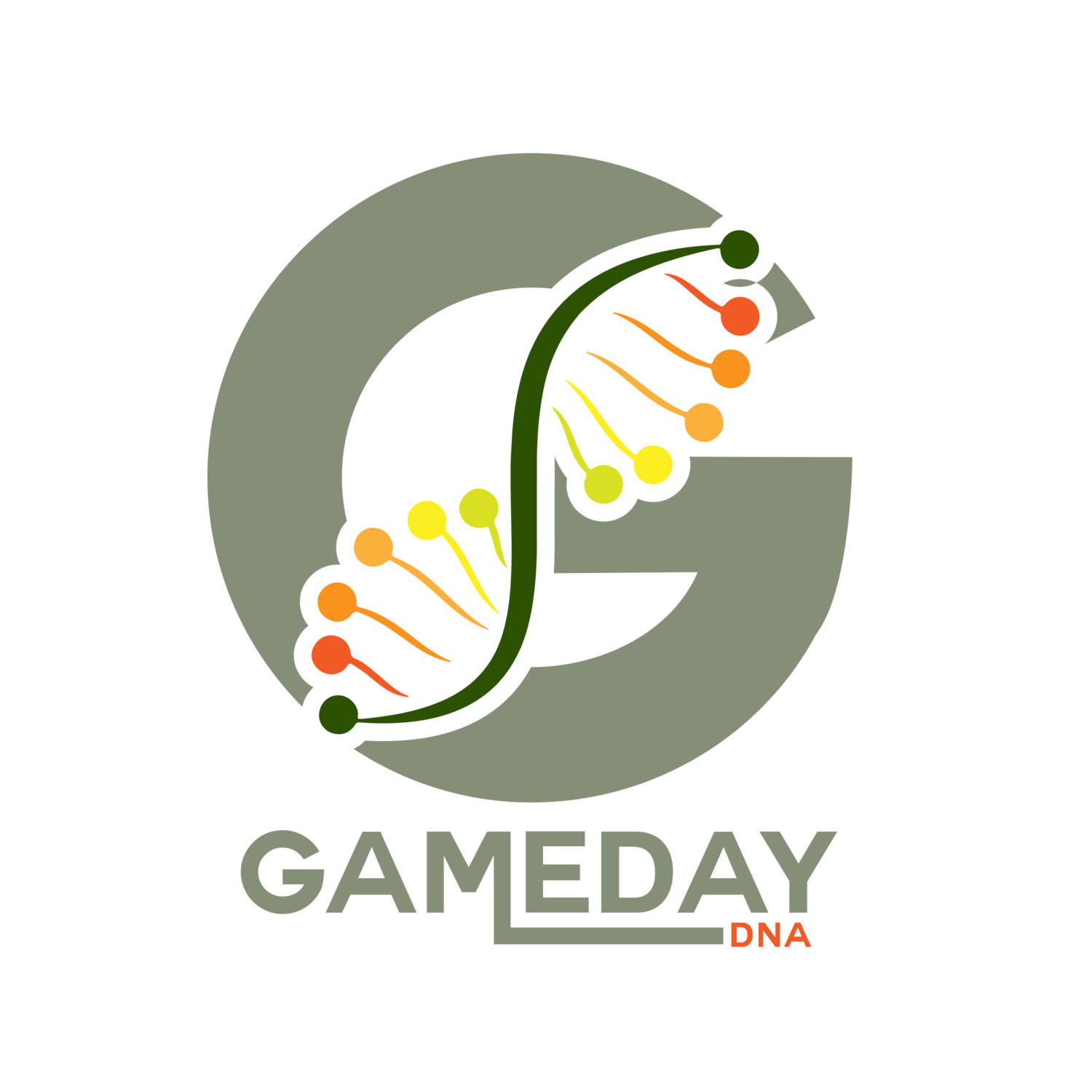Do Siblings Share the Same DNA? Genetic Insights & Family Traits
Understanding Sibling DNA Connections
Siblings are often seen as mirrors of each other, sharing physical traits, personalities, and family connections. But how much DNA do siblings actually share? While siblings inherit their genetic makeup from the same parents, the way DNA is distributed can vary greatly. In this blog, we’ll explore how siblings share DNA, what makes them unique, and how sibling DNA testing works to confirm biological relationships.
The Science of Sibling DNA: How It Works
Siblings inherit half of their DNA from each parent, but the specific combination of genes they receive is random. This process explains why siblings can look alike or completely different.
Key Facts About Sibling DNA:
Full siblings share approximately 50% of their DNA.
Half-siblings share about 25% of their DNA.
Identical twins share 100% of their DNA because they originate from the same fertilized egg.
Sibling DNA tests analyze these genetic markers to determine the likelihood of a biological relationship.
Frequently Asked Questions About Sibling DNA Testing
How accurate is sibling DNA testing?
Sibling DNA tests are highly accurate when processed by accredited labs. Full siblings typically show a 50% match in shared genetic markers, while half-siblings show about 25%.
Can sibling DNA tests confirm full or half-sibling relationships?
Yes! Sibling DNA tests can differentiate between full and half-sibling relationships by analyzing shared genetic markers and comparing them to expected percentages.
Do siblings always look alike if they share 50% of their DNA?
No! Physical traits depend on which genes are expressed. Even if siblings share 50% of their DNA, they may inherit different combinations of traits from their parents.
Can sibling DNA testing be used for legal purposes?
Yes! Legal sibling DNA tests follow strict chain-of-custody protocols to ensure results are admissible in court for cases involving custody, inheritance, or immigration.
How long does it take to get sibling DNA test results?
Results are typically available within 5 business days after samples are received by the lab. Expedited options may be available for faster processing.
Conclusion: Celebrating Genetic Diversity Among Siblings
Siblings share a unique bond that goes beyond genetics. While they inherit a mix of traits from their parents, their individuality makes each relationship special. Whether you’re exploring family connections or resolving legal matters, sibling DNA testing provides accurate insights into these relationships.
At GameDay DNA, we’re here to help you uncover the science behind your family’s unique story with fast, reliable testing services tailored to your needs.
Ready to learn more? Contact GameDay DNA today to schedule your sibling DNA test!
Follow us on Instagram and Twitter! If you have questions about paternity tests or other DNA testing services, please contact our Client Support Center at 302-529-1789, Mon-Sunday from 8:00 AM to 9:00 PM Eastern Time. Our friendly, expert representatives are ready and happy to help. Get answers anytime by visiting our Help Center.


